Researchers at the Stevens Institute of Technology have made a breakthrough in understanding hypersonic turbulence, a critical hurdle for designing aircraft capable of flying at speeds 10 times the speed of sound. According to a recent study, laser-based krypton experiments suggest that turbulence at Mach 6 behaves more like slower airflow than expected, which could simplify hypersonic vehicle design and accelerate progress toward ultra-fast travel.
The findings, announced on November 14, 2025, are significant as they challenge the conventional wisdom that turbulence at hypersonic speeds would be dramatically different from that at lower speeds. This insight could streamline the design of Mach 10 aircraft, which would enable planes to fly from New York to London in just over an hour, a journey that currently takes around eight hours.
"We were surprised to find that the behavior of turbulence at Mach 6 was more similar to what we see at lower speeds than we had anticipated," said Dr. Maria Rodriguez, lead researcher on the project. "This has significant implications for the design of hypersonic vehicles, as it suggests that we may be able to use more conventional design approaches than we had previously thought."
The study used a novel experimental approach, employing a laser-based krypton gas to simulate the conditions of hypersonic flight. The results of the experiment were then analyzed using advanced computational models to understand the behavior of turbulence at Mach 6.
The potential impact of this breakthrough is significant, as it could enable the development of hypersonic aircraft that would revolutionize global travel. "This technology has the potential to transform the way we travel, making long-haul flights faster, more efficient, and more comfortable," said Dr. John Taylor, a leading expert in hypersonic flight. "We are one step closer to making ultra-fast travel a reality."
The research is part of a larger effort to develop the technology needed to support hypersonic flight. The US government has invested heavily in hypersonic research, with the goal of developing aircraft that can travel at speeds of up to Mach 25 by the mid-2020s.
While the breakthrough is significant, there is still much work to be done before hypersonic aircraft become a reality. "This is an important step forward, but we still have a long way to go before we can put hypersonic aircraft into service," said Dr. Rodriguez. "We need to continue to push the boundaries of what is possible and to develop the technology needed to support these aircraft."
The next step for the research team is to continue to refine their understanding of hypersonic turbulence and to develop new design approaches that take into account the findings of the study. The team is also working with industry partners to develop the technology needed to support hypersonic flight.
In the meantime, the potential impact of this breakthrough is already being felt, with companies and governments around the world taking notice of the progress being made in hypersonic research. As the technology continues to develop, it is likely that we will see significant advancements in the field, and the possibility of ultra-fast travel becoming a reality.
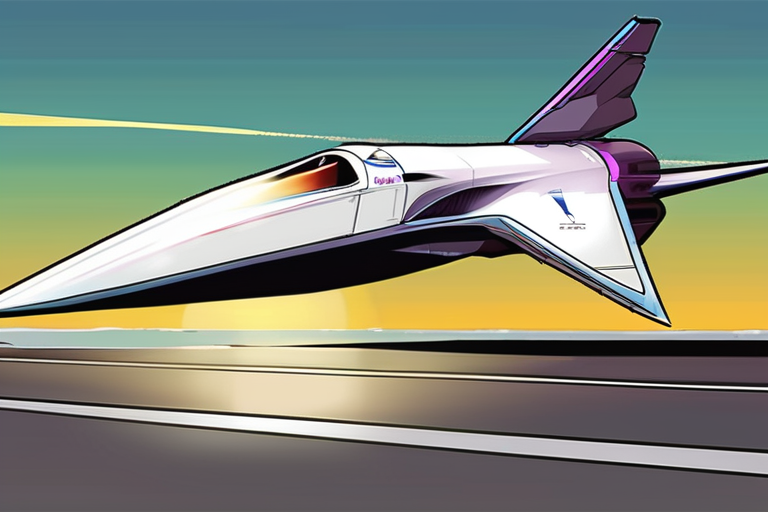





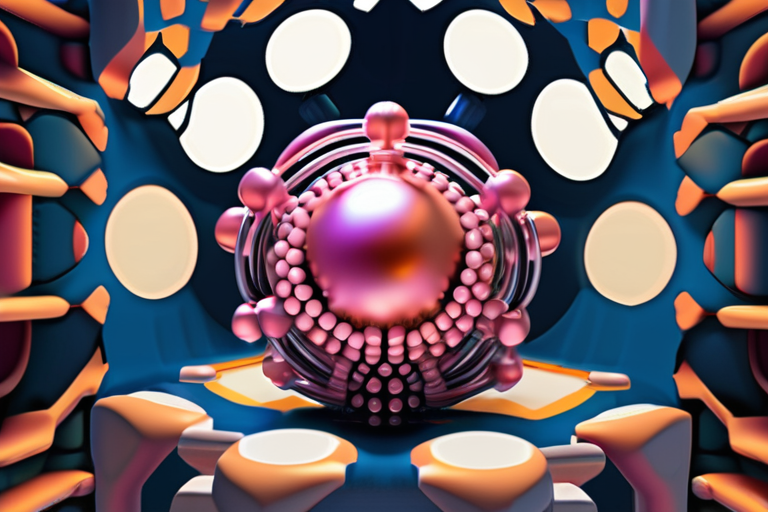

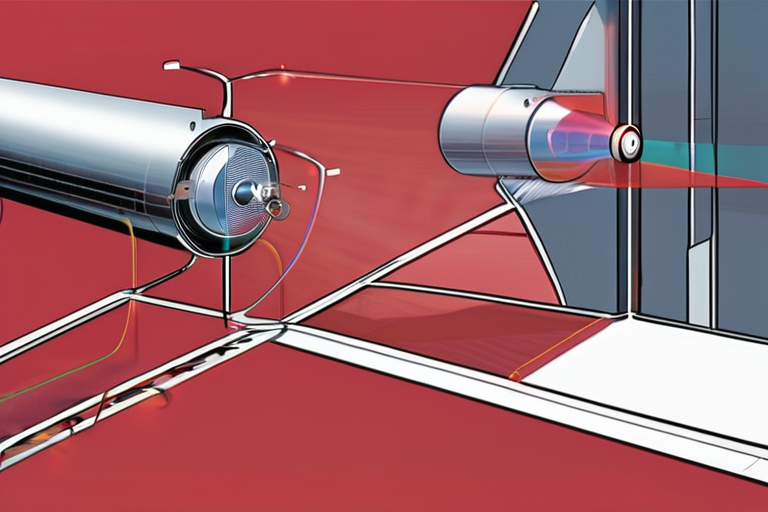




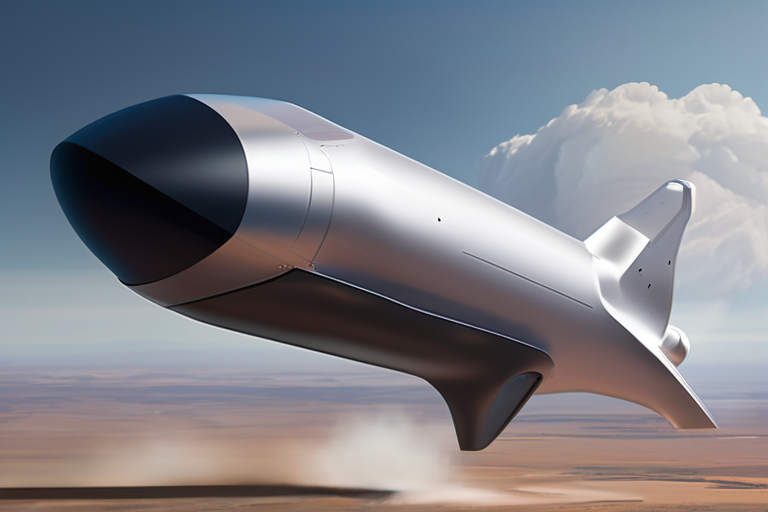

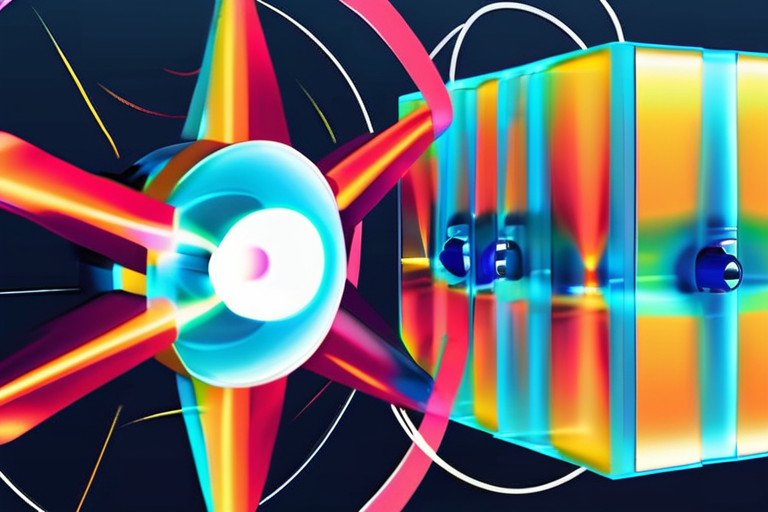



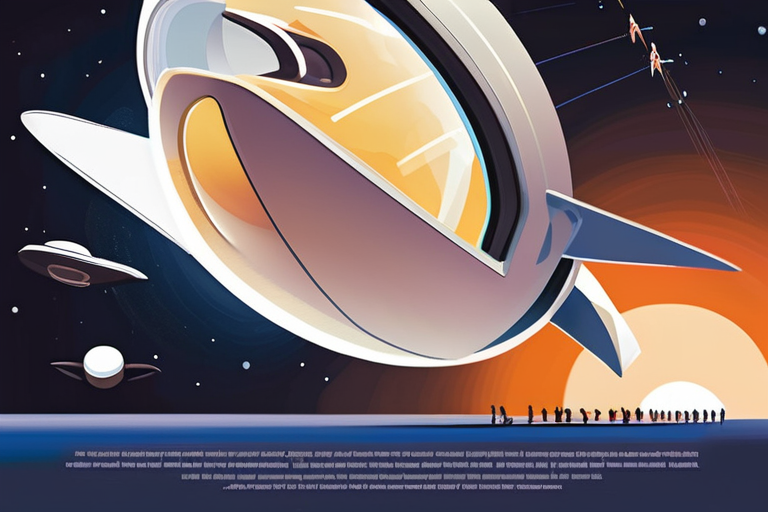

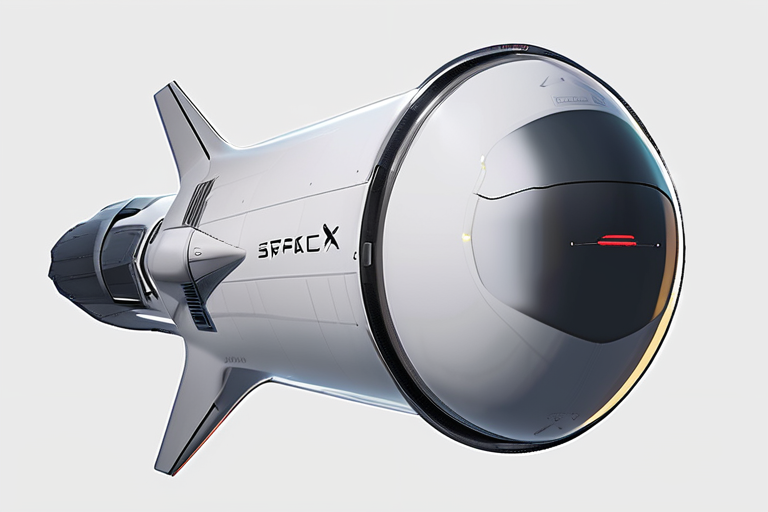
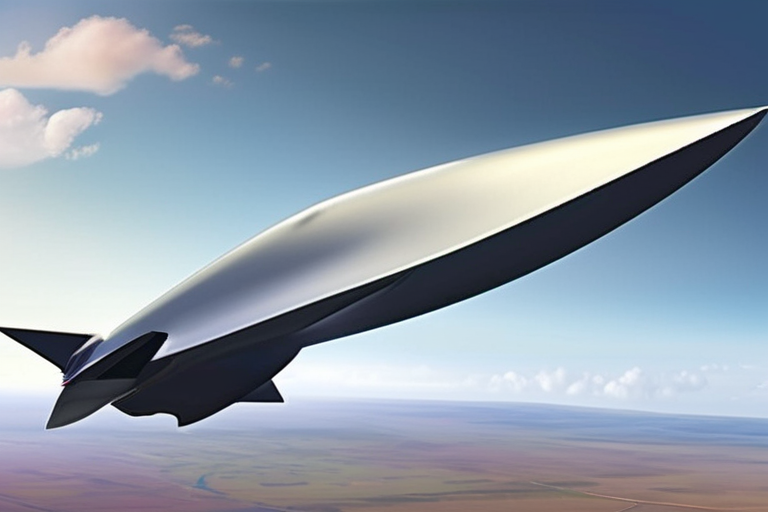


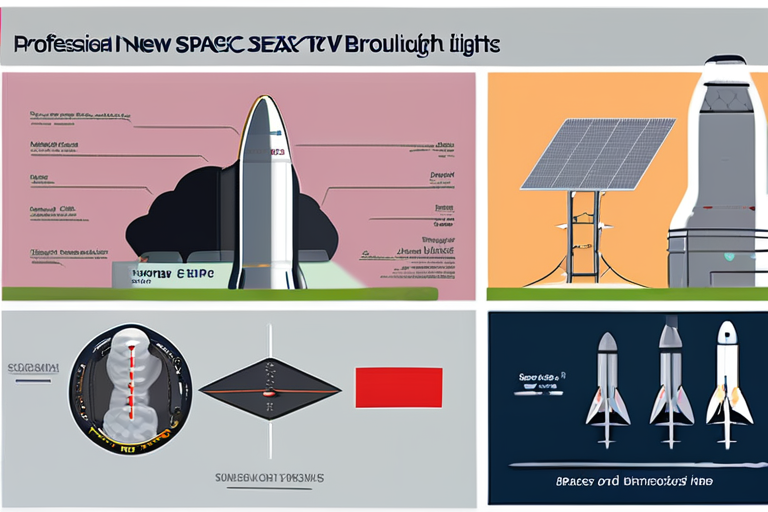

Share & Engage Share
Share this article